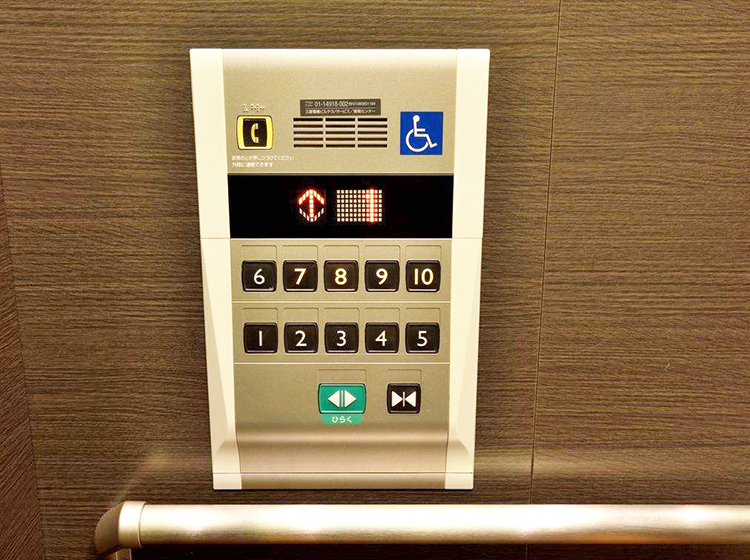The current disabled elevator was renamed barrier-free. One is the word disabled, and the other is that many ordinary people sometimes have to take the elevator, such as people carrying luggage up and down the elevator. The installation of barrier-free elevator should consider first aid function, fire function and barrier-free passing function. So what’s the difference between a barrier-free elevator and an ordinary elevator?
The difference between barrier-free elevator and ordinary elevator
Barrier-free elevators are elevators that are accessible and usable for wheelchair users, visually impaired people or stretcher beds. A voice station is provided to facilitate deaf-mutes. There are buttons with Braille, which can help the person in a wheelchair can push on to. Three-side handrails are provided for the convenience of persons with disabilities to hold, and wheelchairs are not allowed to move. The rear wall half mirror is provided for the wheelchair to exit.
Take the elevator pay attention to below four points.
- See if there is a “stop for maintenance” sign. When arriving at the elevator, the passenger should see if there is a “stop and repair” sign in front of the elevator.
- Check the safety sign. When taking elevator, want to check whether there is the safety check mark that quality technology supervises a branch to send to check first inside elevator, check whether be in effective period, both have ability to safeguard safety at the same time.
- Look for overloads. The overloading of the elevator can easily cause safety accidents. When the overloading of the elevator is reported to the police, the elevator should exit actively and wait for the next ride.
- Check whether the operation is normal. After the elevator stops, passengers should observe whether the floor of the elevator car is level with the floor when entering or leaving the elevator. If the floor is uneven, it indicates the fault of the elevator and should inform the elevator user in time.
Take the elevator do not allow to do below four points
- Don’t push against the elevator door. When the door is closing, don’t force your way into the elevator to stop it from closing, so as not to cause unnecessary damage.
- Don’t press the emergency button casually. The emergency button is set to deal with unexpected situations. When the elevator is running normally, do not press the emergency button to avoid unnecessary trouble.
- Do not open the door when elevator is under operation. When taking the elevator, if the door is not closed to operate, it means that the elevator has a fault and passengers outside the elevator do not enter the ride; Passengers who are already in the elevator should not jump out of the elevator during operation to avoid unnecessary injury. They should stay in the elevator and ask for help through the alarm device.
- Do not take the elevator in case of fire. In case of fire, passengers are not allowed to use the elevator for escape. They should choose the staircase exit for escape.

